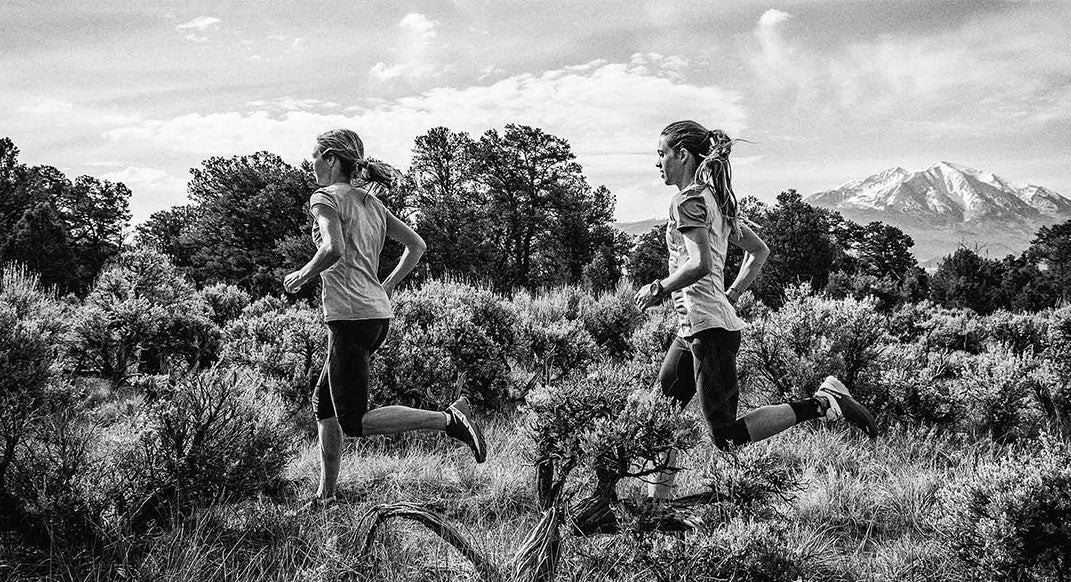Developing Trail-Specific Resiliency

Photo by Randall Levensaler
Develop Trail-Specific Endurance and Resilience
With a solid foundation, you already have most of what you need to reach your trail-running potential. Now, it’s about refining your strengths to endure faster and longer efforts on epic terrain.
Principles of Building Endurance
Start with endurance—the ability to go longer and stronger at aerobic efforts. In the last third of your foundation period, you can add long runs, where you get 20-to-50 percent of your weekly mileage from a single run. Keep them easy at first, and be sure to get adequate recovery before and after the run. The idea is to train now so you can train harder later, not to train to race. So don’t be racing these long runs yet.Once you are confident in your long runs and you are moving on from the foundation period, it’s time to work your aerobic threshold, which is slightly more intense than purely aerobic running, but with less injury risk than workouts. A couple of times each week, replace your normal easy run with an easy-moderate run, where you can still complete sentences but wouldn’t be able to rap an entire verse. This aerobic threshold running should feel like something you could sustain for a couple hours at least. Have most of your long runs end at this effort.
How Endurance and Resilience Work Together
Aerobic-threshold running over variable terrain works both resilience and endurance, since your body is adapting to uphills and downhills at a moderate, but not hard pace. Design these runs so that they involve every type of running you enjoy—especially steep downs and ups once you get more used to them. Your musculo-skeletal system will adapt over the course of a few months if you are newer to trail running, and a few weeks if you are more advanced.Once you are really cranking in training and have not had any injury scares, you can even end other runs at aerobic threshold. Basically, the idea is to let your body flow, starting runs easy and slow and finishing faster if you feel great. However, never force it—the magic of a smart progression from a big foundation to the endurance and resilience phase is that your body starts to feel good most days, but if you try to force the issue, you might stall your fitness gains. The perfect aerobic threshold running feels like you are riding a bike downhill—mostly effortless, exhilarating and quick.
Length of Endurance and Resilience Phase
At this point, your training will involve sustained high volume, fast strides two or three times per week, and at least two runs where you end at aerobic threshold on variable terrain, including your long run.In an unstructured way, you can add even faster uphills and downhills, starting to prepare for the hard workouts to come. And low-priority races are even OK, as long as you know that your training house is not fully constructed quite yet. Generally, you should stay in this phase as long as you enjoy it—from a month or two to most of the season. Most fitness gains come from aerobic threshold running and high training volume. But to put on the finishing touches, you have to do more structured workouts.